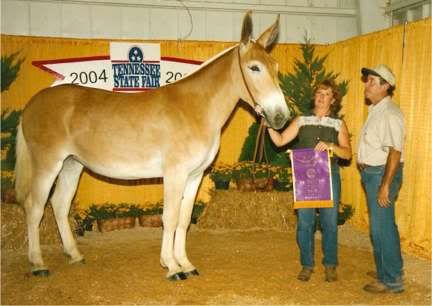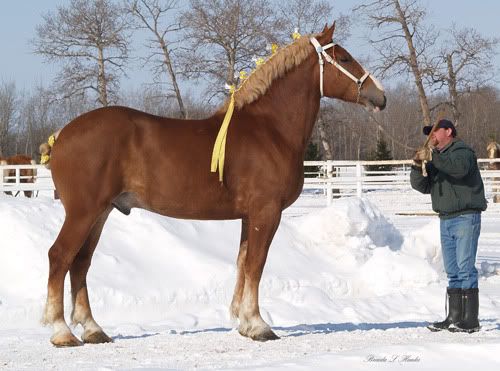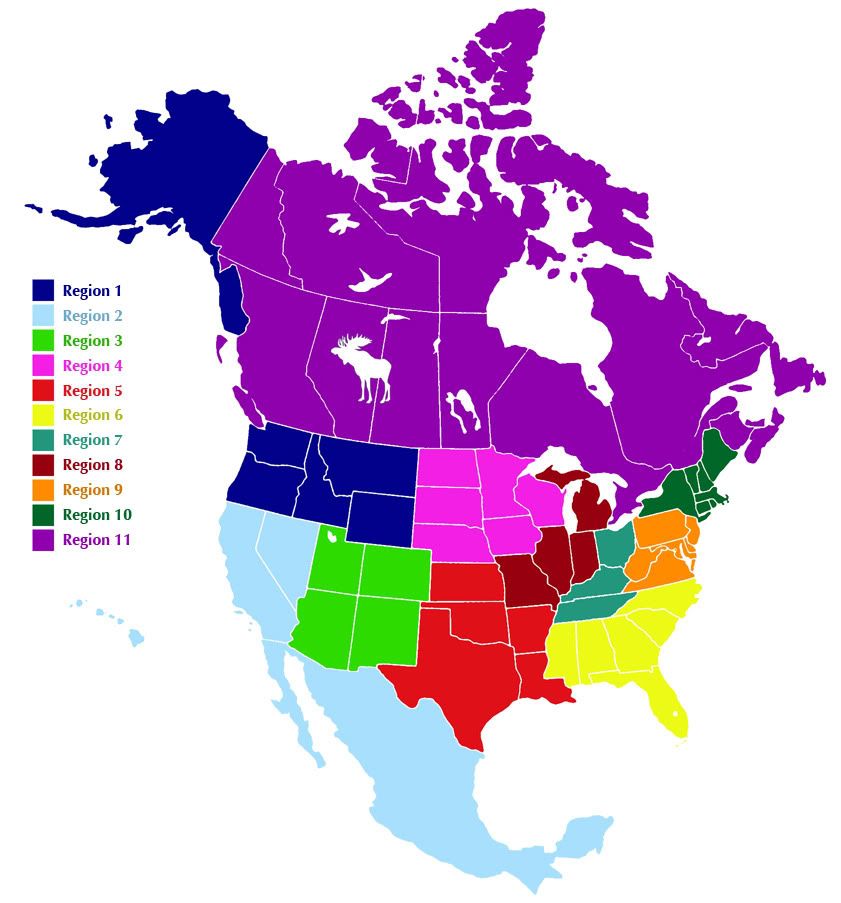Wednesday, January 13, 2010
Temporary Break
I'm not thrilled to do this, but my time has been very limited as of late. I'm going to be taking a break from daily posting for while I'm searching for a new full-time gig. I'm hoping to post at least once a week, but for the moment, my other priorities have to come first.
Tuesday, January 12, 2010
Zebras, Donkeys, and Mules (Oh My!)
This post primarily applies to customs (and sometimes resins.)
Mules, donkeys, zebras, and exotics are not horses with longer ears or stripes. If you are looking to add a longear to your show string, it's crucial that your model as the appropriate body type.
On average, a mule has a longer, flatter back, narrower hindquarters, larger heads, and thinner muscling. Mule inherit a donkey's muscling, which is flatter than a horses. A donkey or mule isn't weaker than a horse, but they do have much more endurance than a horse because of their unique build.
Before you add a mule, donkey, zebra, or exotic to your show string, try to familiarize yourself with the body type of the model you are buying or creating. A draft mule is built a little differently then a QH mule, a mini mule, or gaited mule. A donkey or zebra is more drastically different.
The difference between a longear/exotic foal and a horse foal is subtler than in an adult, but still crucial. I don't like to see OF horse foals shown as mules because their ears are larger and out of proportion.
For more information on longears and exotics, I recommend joining Braynet Yahoo Group. You could ask for a better collection of experts on this topic. These girls also have a great sense of humor, so don't expect the topics to always stay serious.
Mules, donkeys, zebras, and exotics are not horses with longer ears or stripes. If you are looking to add a longear to your show string, it's crucial that your model as the appropriate body type.
A Belgian draft horse
On average, a mule has a longer, flatter back, narrower hindquarters, larger heads, and thinner muscling. Mule inherit a donkey's muscling, which is flatter than a horses. A donkey or mule isn't weaker than a horse, but they do have much more endurance than a horse because of their unique build.
Before you add a mule, donkey, zebra, or exotic to your show string, try to familiarize yourself with the body type of the model you are buying or creating. A draft mule is built a little differently then a QH mule, a mini mule, or gaited mule. A donkey or zebra is more drastically different.
The difference between a longear/exotic foal and a horse foal is subtler than in an adult, but still crucial. I don't like to see OF horse foals shown as mules because their ears are larger and out of proportion.
For more information on longears and exotics, I recommend joining Braynet Yahoo Group. You could ask for a better collection of experts on this topic. These girls also have a great sense of humor, so don't expect the topics to always stay serious.
Wednesday, January 6, 2010
What Molds Show Well: Ponies
I mentioned when discussing the typical classlist, ponies weren't always their own division. Once upon a time, you had one class to show all of your ponies. If you were really lucky, they may even split it into two whole classes.
In recent years, this trend has been bucked with the introduction of multiple new pony molds. However, there is little consistency at this point on how the pony division is split into classes. Some classes split by region, like so:
Welsh Ponies
Other British Ponies**
European Ponies*
American Ponies
Other Pure/Part Ponies
*Because there has been confusion on this in the past, the Newfoundland Pony is not a European Pony. Newfoundland is a province in Canada, and not some mysterious country in North Europe. A Newfoundland Pony should not be confused with a New Forest Pony. For those of you who think I'm kidding about this, this was an issue at NAN and Breyerfest last summer. I had a horse nearly disqualified from his class.
**FYI, I'm also the reason they've announced at the last two Breyerfests that they acknowledge that Ireland is not part of the UK, but put your Connemara's in UK Pony, anyway. Laura: the hobby's Geography Nazi.
Other shows split by general pony type. As a judge, this is one of the most confusing possibilities:
Stock Ponies
Sport Ponies
Light Ponies
Draft Ponies
Other Pure/Part Ponies
I get Stock Ponies (POAs, Paint Ponies, Quarter Ponies) and Sport Ponies (German Riding Ponies, Connemaras.) I'm iffy on Light Ponies, although I'm sure it includes American Shetlands, Hackney Ponies, and American Walking Ponies. But I'm always lost what is meant by Draft Ponies. It's not popular concept (to my knowledge) in the real horse world. I guess you could put Welsh and other British Native Ponies here. But where do Shetlands--the most popular breed--go?
I've asked this question a lot and never gotten a standard answer. If you are confronted with this type of classlist, ask your judge where they prefer to see them shown.
For this division, I prefer Flash over everything else Breyer produces. For more on potential breed assignments for Flash, see this post.
Bouncer has been very popular in the OF show ring since his release. Personally, I have a problem with the stance of this mold. When you look at him from the front, his legs are set excessively wide. If you plan to show this mold as a Welsh, be mindful of the different sections. The original release was advertised as a C ("Pony of Cob Type".) In my opinion, his body isn't heavy enough to depict a section C. I would rather see them as a section B, the lighter riding-type pony.
I also adore the Peter Stone pony. I've seen this mold be particularly successful when shown as a riding-type pony or pony/TB cross. Many pony breeds are often crossed with thoroughbreds to produce good mounts for young riders. This kind of cross will often resonate with a judge as being very realistic cross.
In recent years, this trend has been bucked with the introduction of multiple new pony molds. However, there is little consistency at this point on how the pony division is split into classes. Some classes split by region, like so:
Welsh Ponies
Other British Ponies**
European Ponies*
American Ponies
Other Pure/Part Ponies
*Because there has been confusion on this in the past, the Newfoundland Pony is not a European Pony. Newfoundland is a province in Canada, and not some mysterious country in North Europe. A Newfoundland Pony should not be confused with a New Forest Pony. For those of you who think I'm kidding about this, this was an issue at NAN and Breyerfest last summer. I had a horse nearly disqualified from his class.
**FYI, I'm also the reason they've announced at the last two Breyerfests that they acknowledge that Ireland is not part of the UK, but put your Connemara's in UK Pony, anyway. Laura: the hobby's Geography Nazi.
Other shows split by general pony type. As a judge, this is one of the most confusing possibilities:
Stock Ponies
Sport Ponies
Light Ponies
Draft Ponies
Other Pure/Part Ponies
I get Stock Ponies (POAs, Paint Ponies, Quarter Ponies) and Sport Ponies (German Riding Ponies, Connemaras.) I'm iffy on Light Ponies, although I'm sure it includes American Shetlands, Hackney Ponies, and American Walking Ponies. But I'm always lost what is meant by Draft Ponies. It's not popular concept (to my knowledge) in the real horse world. I guess you could put Welsh and other British Native Ponies here. But where do Shetlands--the most popular breed--go?
I've asked this question a lot and never gotten a standard answer. If you are confronted with this type of classlist, ask your judge where they prefer to see them shown.
For this division, I prefer Flash over everything else Breyer produces. For more on potential breed assignments for Flash, see this post.
Bouncer has been very popular in the OF show ring since his release. Personally, I have a problem with the stance of this mold. When you look at him from the front, his legs are set excessively wide. If you plan to show this mold as a Welsh, be mindful of the different sections. The original release was advertised as a C ("Pony of Cob Type".) In my opinion, his body isn't heavy enough to depict a section C. I would rather see them as a section B, the lighter riding-type pony.
I also adore the Peter Stone pony. I've seen this mold be particularly successful when shown as a riding-type pony or pony/TB cross. Many pony breeds are often crossed with thoroughbreds to produce good mounts for young riders. This kind of cross will often resonate with a judge as being very realistic cross.
Labels:
breed class,
breed groups,
buying,
classlist,
conformation,
flash,
halter
Tuesday, January 5, 2010
The Buddy System
The links I've posted in my last two posts are not only great places to find shows, but great places to find buddies and mentors.
In my opinion, shows are the most fun when you have fun people to hang with. I know new showers often find their first shows socially intimidating. I moved to three different regions in three years and kept feeling like the "new kid at school."
First time showers have reported to me that they felt like established showers were already broken out into "cliques." After my experience, I would argue that we're not cliques in the Mean Girls sense. Many of us travel, carpool, split rooms, and share tables with our showing buddies. But we don't bite! We love new people, especially those that share our obsession.
If you are intimidated by new crowds or just looking for a mentor, check out any of the groups I've linked or your regular model horse-related haunts. You will be surprised how many people are willing to help out new showers.
In my opinion, shows are the most fun when you have fun people to hang with. I know new showers often find their first shows socially intimidating. I moved to three different regions in three years and kept feeling like the "new kid at school."
First time showers have reported to me that they felt like established showers were already broken out into "cliques." After my experience, I would argue that we're not cliques in the Mean Girls sense. Many of us travel, carpool, split rooms, and share tables with our showing buddies. But we don't bite! We love new people, especially those that share our obsession.
If you are intimidated by new crowds or just looking for a mentor, check out any of the groups I've linked or your regular model horse-related haunts. You will be surprised how many people are willing to help out new showers.
Subscribe to:
Comments (Atom)







